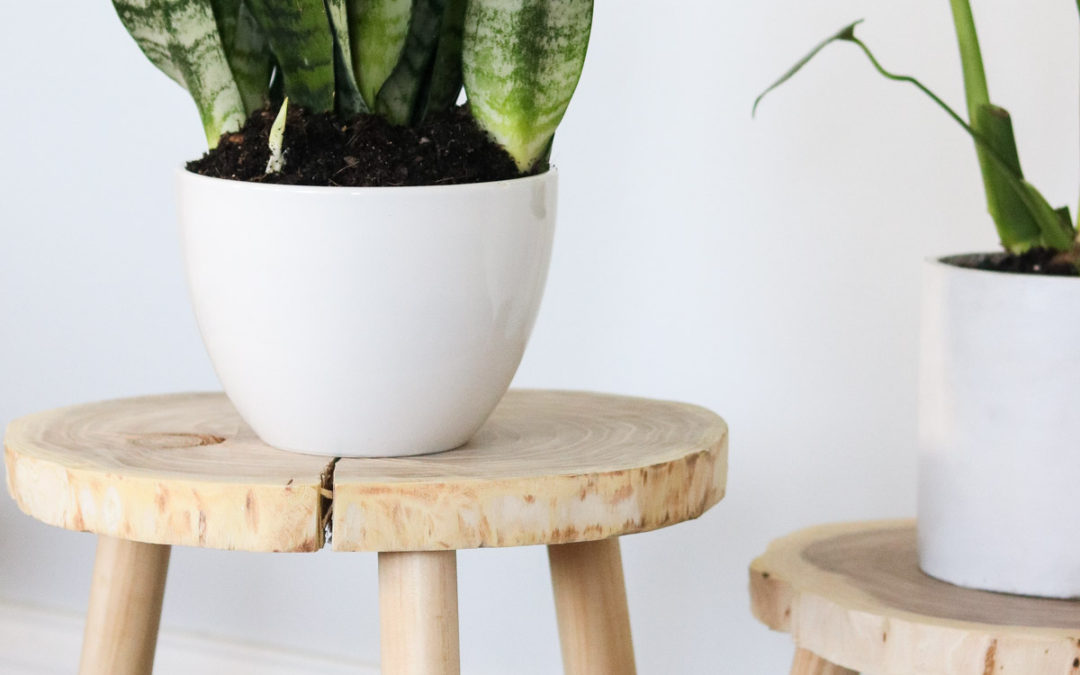
Profitable Wine Rack Woodworking Projects to Sell
In the world of woodworking, crafting wine racks presents an excellent opportunity to tap into the ever-growing market of wine enthusiasts. These functional and aesthetically pleasing pieces offer a unique blend of practicality and artistry, attracting customers seeking stylish storage solutions for their prized vintages.
Building profitable wine rack projects requires careful consideration of design, materials, and target audience. This article delves into the key aspects of crafting successful wine racks, providing insights and inspiration for woodworking entrepreneurs.
Understanding the Market for Wine Racks
The demand for wine racks is driven by a confluence of factors, including:
- Rising Popularity of Wine: Wine consumption has increased steadily in recent years, leading to a growing need for proper storage.
- Appreciation for Wine Collections: As wine becomes a collectible, individuals invest in high-quality racks to protect and showcase their investments.
- Home Décor Trends: Wine racks have become an integral part of modern home décor, adding elegance and sophistication to kitchens, dining rooms, and living spaces.
- Gift Giving Opportunities: Wine racks serve as thoughtful and unique gifts for wine lovers, birthdays, housewarmings, and special occasions.
Understanding these market dynamics is crucial for woodworking professionals seeking to capitalize on the demand for wine racks.
Design Considerations for Profitable Wine Racks
The design of a wine rack plays a pivotal role in its marketability. Here are key factors to consider:
Functionality
- Capacity: Determine the number of bottles the rack should hold, taking into account the typical size of wine bottles.
- Bottle Sizes: Consider accommodating different bottle sizes, such as standard Bordeaux, Burgundy, and Champagne.
- Accessibility: Ensure easy access to bottles without disturbing others.
- Stability: The rack should be sturdy enough to support the weight of the bottles without tipping or collapsing.
Aesthetics
- Style: Choose a design that complements the homeowner's décor, such as rustic, modern, contemporary, or traditional.
- Materials: Select high-quality wood species that are durable and aesthetically pleasing, such as oak, walnut, cherry, or maple.
- Finishing: Apply finishes that enhance the wood's natural beauty and protect it from damage.
- Unique Features: Incorporate unique features such as bottle displays, glass holders, or storage compartments to increase value and desirability.
Materials and Construction
The choice of materials and construction techniques influences both the cost and quality of your wine racks.
Wood Species
- Hardwoods: Hardwoods like oak, walnut, cherry, and maple are highly durable, resistant to scratches and dents, and offer beautiful grain patterns.
- Softwoods: Softwoods such as pine, cedar, and fir are less expensive but may require more careful handling and finishing.
- Reclaimed Wood: Reclaimed wood adds character and sustainability to wine racks, appealing to eco-conscious customers.
Construction Methods
- Traditional Joinery: Mortise and tenon, dovetail, and box joints are traditional techniques that enhance strength and durability.
- Modern Techniques: Pocket holes, dowels, and biscuits offer faster and simpler construction methods.
- Metal Accents: Incorporate metal accents like hinges, handles, or brackets for added durability and design appeal.
Marketing and Pricing
To maximize profitability, it's essential to market your wine racks effectively and determine competitive pricing.
Marketing Strategies
- Online Presence: Create a website or online store to showcase your work and reach a wider audience.
- Social Media: Utilize social media platforms like Instagram, Facebook, and Pinterest to share high-quality images and videos of your wine racks.
- Local Markets: Participate in local craft fairs, farmers markets, and art festivals to connect with potential customers.
- Collaborations: Collaborate with wine shops, restaurants, and home décor stores to sell your products through their channels.
Pricing Strategies
- Cost Analysis: Determine the cost of materials, labor, and overhead to establish a base price.
- Competitive Research: Analyze the pricing of similar wine racks in the market to establish a competitive range.
- Value Proposition: Highlight the unique features, craftsmanship, and materials of your wine racks to justify a premium price.
- Flexibility: Offer different price points for varying sizes, materials, and design complexities.
Profitable Wine Rack Project Ideas
Here are some popular and profitable wine rack project ideas to inspire your woodworking endeavors:
Wall-Mounted Wine Racks
- Simple and Elegant: Offer a basic wall-mounted rack for smaller collections, featuring a clean and minimalist design.
- Modular System: Create a modular system of wall-mounted racks that can be expanded to accommodate growing wine collections.
- Rustic Farmhouse Style: Craft a rustic wine rack with reclaimed wood and metal accents, perfect for farmhouse or country-style homes.
Freestanding Wine Racks
- Wine Bar Cart: Design a freestanding wine rack with a built-in bar cart, offering additional storage for glasses, tools, and ice.
- Wine Cellar Cabinet: Create a large, freestanding wine rack with glass doors for showcasing a substantial collection.
- Industrial-Style Rack: Incorporate metal piping and reclaimed wood elements for a modern industrial look.
Specialized Wine Rack Designs
- Wine Bottle Holder: Craft a decorative wine bottle holder that can be displayed on a countertop or bookshelf.
- Wine Glass Rack: Build a separate rack for storing and displaying wine glasses, complementing the wine rack.
- Wine Storage Bench: Design a multifunctional piece that combines a wine rack with a bench or seating area.
Conclusion
Profitable wine rack woodworking projects offer a lucrative niche in the woodworking industry. By understanding market trends, considering design and construction factors, and implementing effective marketing and pricing strategies, woodworking entrepreneurs can tap into the growing demand for stylish and functional wine storage solutions. The diverse range of project ideas provides ample opportunities for creativity and innovation, ensuring a rewarding and profitable woodworking venture.














